Last June, a slug made international headlines when it was fried by a short-circuited electrical switch, causing a power outage that brought more than two dozen Japanese high-speed trains to a screeching halt. But if you worry about the lights going out around the home, you can forget the slug: fear the squirrel. And birds. Also rats, raccoons, snakes and insects.
Wildlife ranks second only to stormy weather as the major cause of power failures. Of them all, squirrels by far the worst offenders.
“It is really hard to defeat squirrels,” says John Acklen, who works on the problem of wildlife outages for the Electric Power Research Institute (EPRI), a nonprofit organization involved in energy and environmental research. They chew on wires but also, says Acklen, “The damage the do to substations is phenomenal.”
Abundant, intelligent, able to squeeze through a nickel-sized hole, seeking spots to nest or cache food and stuff to chew, squirrels cause almost half all power outages from wildlife, by some industry estimates.
Power outages caused by squirrels (which warrants its own acronym in the industry, POCBS) are sufficiently significant that the American Public Power Association, which speaks for community-owned utilities, has a “Squirrel Index.” The index analyzes depredations by squirrels and other animals. Data on attacks on power by squirrels and other creatures also are compiled on another site, CyberSquirrel1. It began as satire but is now viewed as an asset for the global power industry.
Assaults on power come not only from tree squirrels but also their ground-bound cousins. Metal sheet barriers had to be installed below ground around Minuteman III intercontinental missile sites in Montana because a horde of Richardson’s ground squirrels tore through steel-mesh fence to chewed cables and set off sensors.
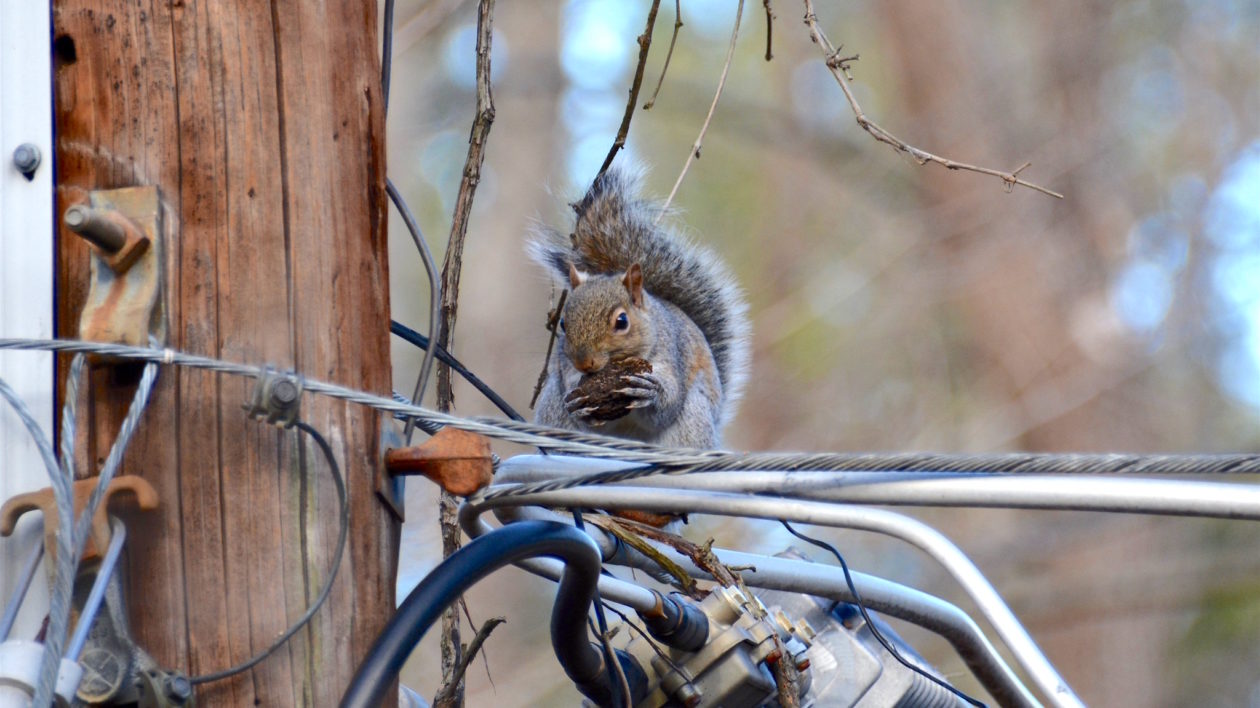
Bird on an Electric Wire
Birds, especially big ones such as raptors, rival squirrels when it comes to knocking off power, partly because their nests and droppings can accumulate on and bollix up transmission and generating equipment. Their outstretched wings can also bridge the gap between conductors such as wires, diverting current through their body.
The diversion is a classic short circuit, when electricity is diverted from its designated pathway and completes its cycle over a shortened distance. Electrocution can occur when animal contacts electrically energized parts or energized and grounded parts.
The elongated bodies of serpents similarly tend to connect conductors when they twist about on their own or when draped on lines and hardware by predatory birds, killing both prey and predator.
As demonstrated by the miniscule mollusk that stalled trains on Japan’s Kyushu Island, the critters responsible for outages span the gamut of the animal kingdom, from mammals to coelenterates.
Coelenterates? Jellyfish have forced outages in many parts of the world by clogging cooling intakes of nuclear power plants.
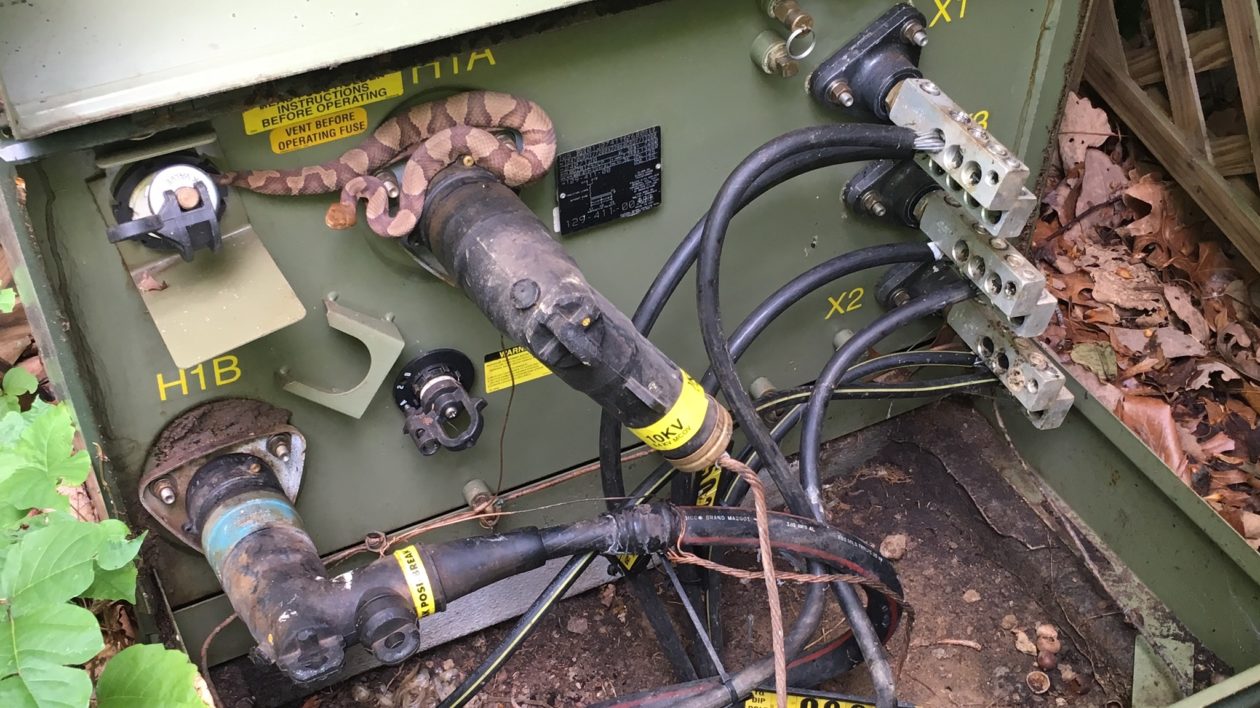
Unplug, or a Squirrel Will Do It For You
Although critter-cause outages are often only local, some cause widespread havoc. The Associated Press reported in June that an “abundance” of wire-chewing squirrels had delayed implementation of connecting the Internet all across Kentucky.
A squirrel that shorted out a Richmond, VA substation in 2015 halted electricity to much of the city, closing businesses and schools, including Virginia Commonwealth University.
Bird outages in 2004 at Los Angeles International Airport delayed flights and threatened security there. Back in 1987, a squirrel caused a power failure in Trumbull, CT, and NASDAQ’s computer center there, shutting down the exchange for more than an hour and perhaps preventing trading of 20 million shares.
During 2015, millions on millions of tent caterpillars covered transformers lines, blowing fuses and wreaking havoc in eastern and southeastern Texas.

A utility pole in Butte County, CA that toppled when a black bear tried to climb it in September last year caused not only an outage but started a wildfire.
Charred remains found at the scene suggested that a chew-happy weasel had shut down the world’s largest and most powerful particle accelerator, the Large Hadron Collider, based in Switzerland, in 2016.
A bird nest that fell on hardware in a substation last June darkened Tropicana Field and delayed a baseball game between the Tampa Bay Rays and Los Angeles Angels.
And the list goes on. Lots of figures have been bandied about describing how many outages are caused by wildlife but experts say the true number is difficult to measure.
“You pretty much have to find the body” to determine the cause and that’s not always possible says Steve Parker, who manages development of equipment to protect wildlife and power assets for TE Connectivity, a $14-billion global manufacturer of connectors and sensors.
No question, though, that the numbers are big. Duke Energy, for example, estimates ‘thousands” of outages are caused by critters annually in the six states from Florida to Indiana served by Duke Energy. A pretty good guess, based on industry data, would be that annually about 13 million Americans lose power to wildlife annually.
The costs of outages to consumers and the power industry are even more staggering globally: $10 billion annually, according to Parker. There are hidden costs, too, in the form of penalties levied on energy companies for killing protected wildlife. The federal government charged PacifiCorp $10.5 million in 2009 after the electric utility pleaded guilty to violating the Migratory Bird Treaty for killing golden eagles and other protected birds.
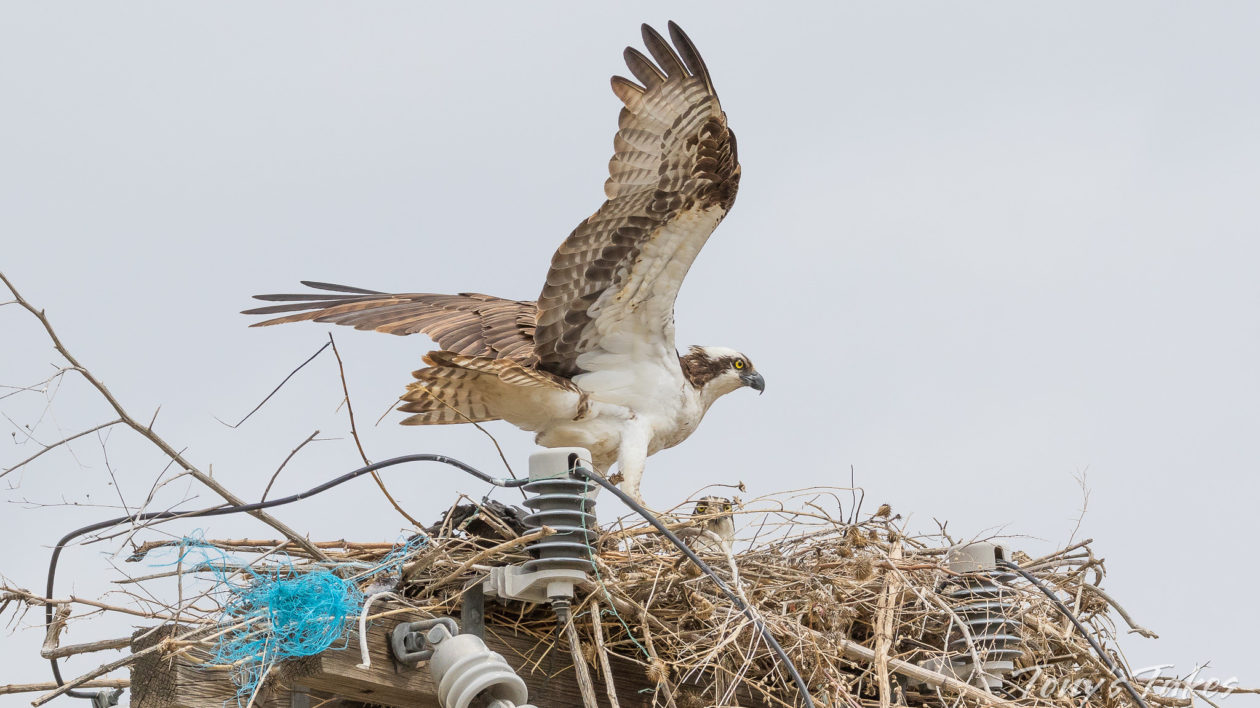
Protecting Power and Wildlife
The problem of animals interfering with electrical transmission – bison were knocking down the first telegraph poles even while they were being erected in the mid-19th century – has spread as the nation’s electric gird has expanded to more than half a million miles of transmission lines.
Not surprisingly, the electric power industry devotes an enormous amount of resources to protecting its generation, transmission and distribution equipment from wildlife and protecting wildlife from electrocution. Twenty years ago, for example, half of utilities questioned in a survey did not a budget for protecting birds, now all utilities do.
Interaction with the grid takes an appalling toll of wildlife. A study in northern California and southern Oregon in 2004 and 2005 documented avian electrocutions at 0.9 percent of 11,869 PacifiCorp poles surveyed.
Almost half the birds were buteos, other raptors and owls were the bulk of the rest. Although seldom figuring in outages, up to 174 million birds die annually colliding with transmission lines, according to the U.S. Fish and Wildlife Service. Collisions are lumped into overall planning by the industry and conservation groups for protecting wildlife.
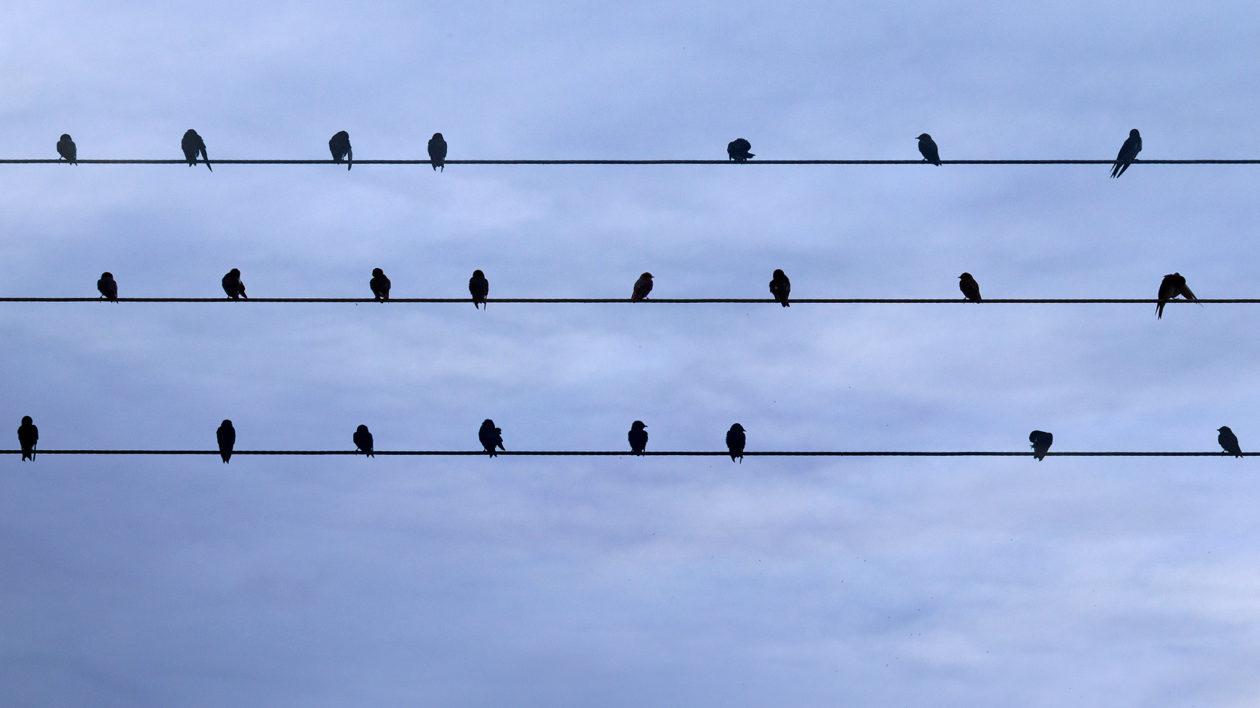
Much of that planning is guided by the Avian Powerline Interaction Committee (APLIC), founded in 1989 by the fish and wildlife service, National Audubon Society and major players in the electric power industry.
APLIC has developed guidance documents identifying causes and minimization methods for avian electrocutions and collisions, and produced national Avian Protection Plan Guidelines in conjunction with the USFWS. As well as creating general guidelines, he group works with utilities to develop individual plans. APLIC hosts training courses for utility workers and funds research related to avian-power line interactions and conservation.
Researching new protective measures is complicated by the fact that no size fits all. “The challenge of animal mitigation is the great variety of mother nature. Tactics used when protecting a substation from squirrels and raccoons are different from those used when combating turkey buzzards. Identifying defensive parameters based on the species of the foe can be quite difficult at times and keeps the work interesting.” Steve Parker.
The APLIC has spurred research such as engineering equipment configurations that reduce the chances of birds spanning the space between conductors. Research showed that to possess the desired separation for even the biggest birds, wires should be 60 inches apart horizontally, distance of fleshy parts of a typical eagle, and 40 inches vertically. Fleshy parts include the wrists of the wing, mouth and bill and are vulnerable, while feathers, when dry, provide insulation against shock.
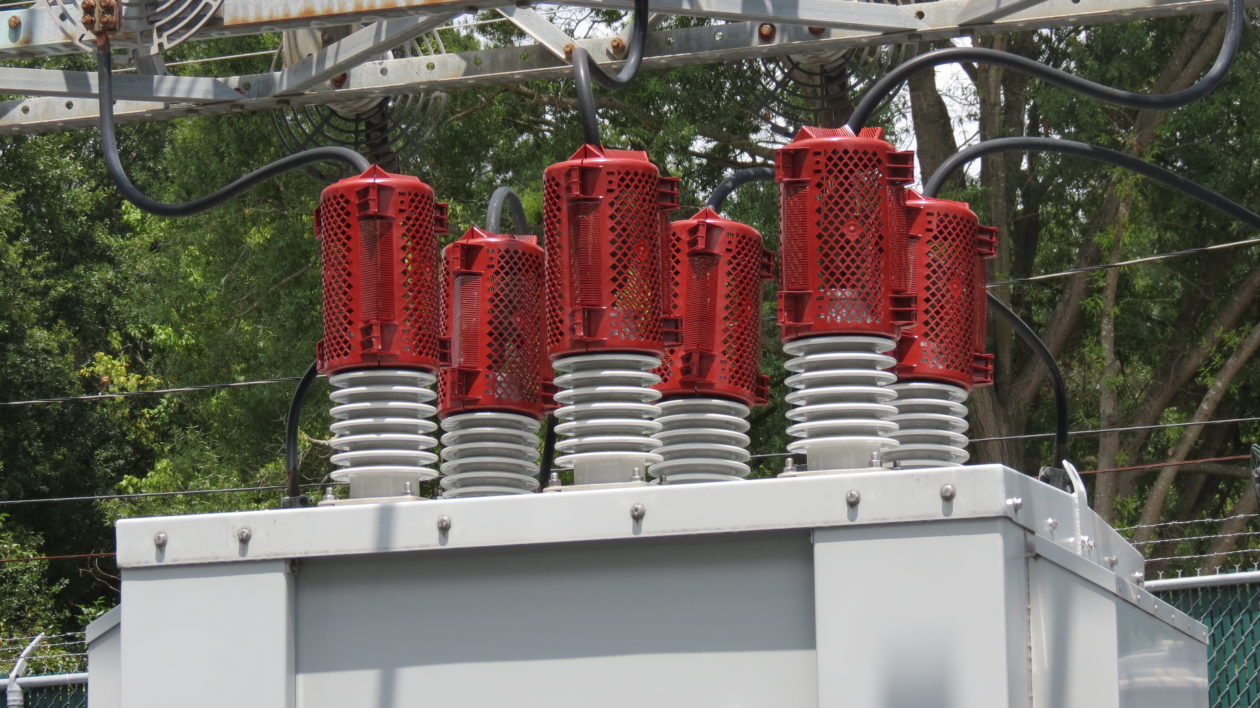
Beyond gear such as polymer sleeves that cover wires, the effort to curb wildlife interaction with electricity has birthed an ingenious variety of products by a host of companies. TE, for example, makes insulating covers strong enough to resist the 24,000 lbs. of pressure per square inch from the jaws of a rat.
Guano Shields protect equipment from the harmful effects of the 25 pounds of droppings produced per year by the average pigeon. Spinning rings block squirrels from walking down a power line to a dangerous area
In a typical case, installing protective gear has worked in the last few years for Gastonia, NC, where squirrels were knocking out power every few weeks. The city has begun installing anti-squirrel protection on its 11 substations and, although not finished, the upgrade has reduced outages by 75 percent.
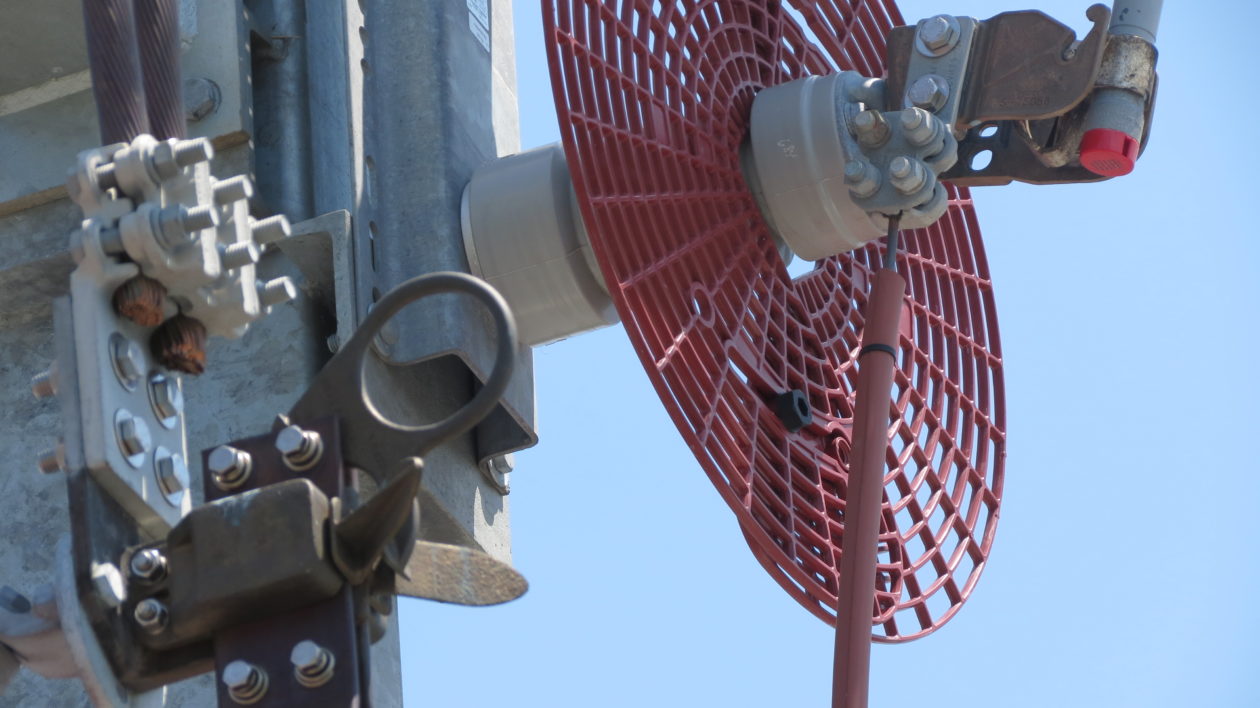
Duke Energy spokesman Neil Nissan explains his company’s approach: “In some substations, we install special fencing with a cage-like design or wrap fencing with a mesh-like material to prevent snakes and other animals from entering a substation. Also, we sometimes have a low-voltage electrical fence inside a substation fence to prevent animals from reaching substation equipment. We also place wildlife-protective guards on equipment such as transformers to keep small animals off of power equipment.”
People who deal with wildlife’s impact on electric power often wisecrack about squirrels being more of a threat than cyber attackers. However, it might not be such a stretch to worry about weaponized squirrels zapping the electric grid. In 2007, many major news outlets reported that the the Iranian Army arrested two dozen squirrels (yes, you read that right) allegedly carrying electronic gear near a nuclear plant. For now, though, the biggest squirrel threat is not one carrying weapons, but just dashing across the power line outside your home.
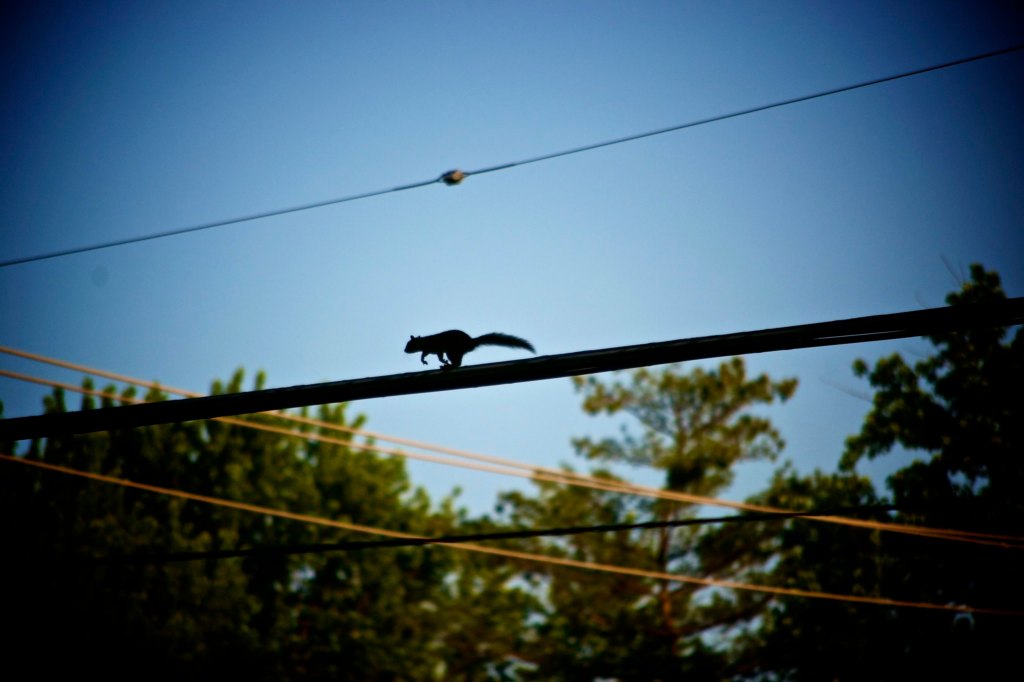



Reflecting on the 2003 Northeast blackout brings back so many memories of how communities came together in a time of crisis. It’s incredible to think about how much our preparedness has evolved since then, especially with advances in technology and infrastructure. However, as we become more reliant on technology, the lessons from that day remain relevant. We must continue to focus on both community resilience and individual preparedness to face future challenges. I recently explored these themes in more depth in my latest blog post, where I also discuss practical tips for staying ready for the unexpected. If you’re interested, you can check it out here https://trendingcoolnews.com/how-the-2003-northeast-blackout-prepared-us/ . I’d love to hear your thoughts on how we can better prepare for similar situations today!